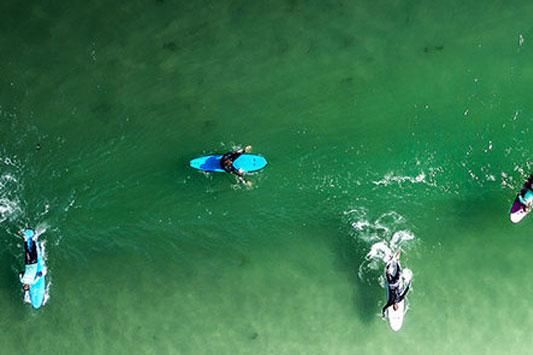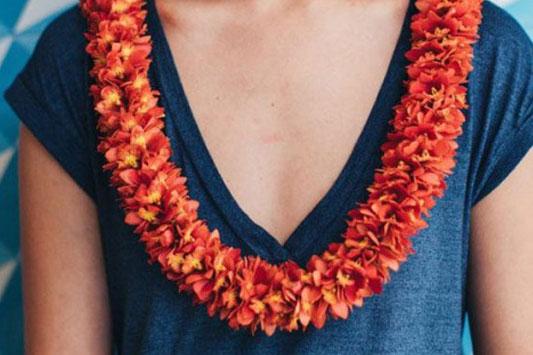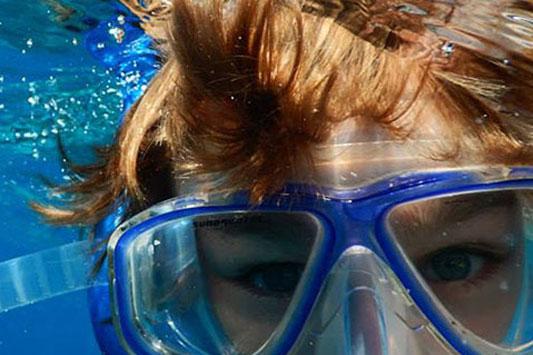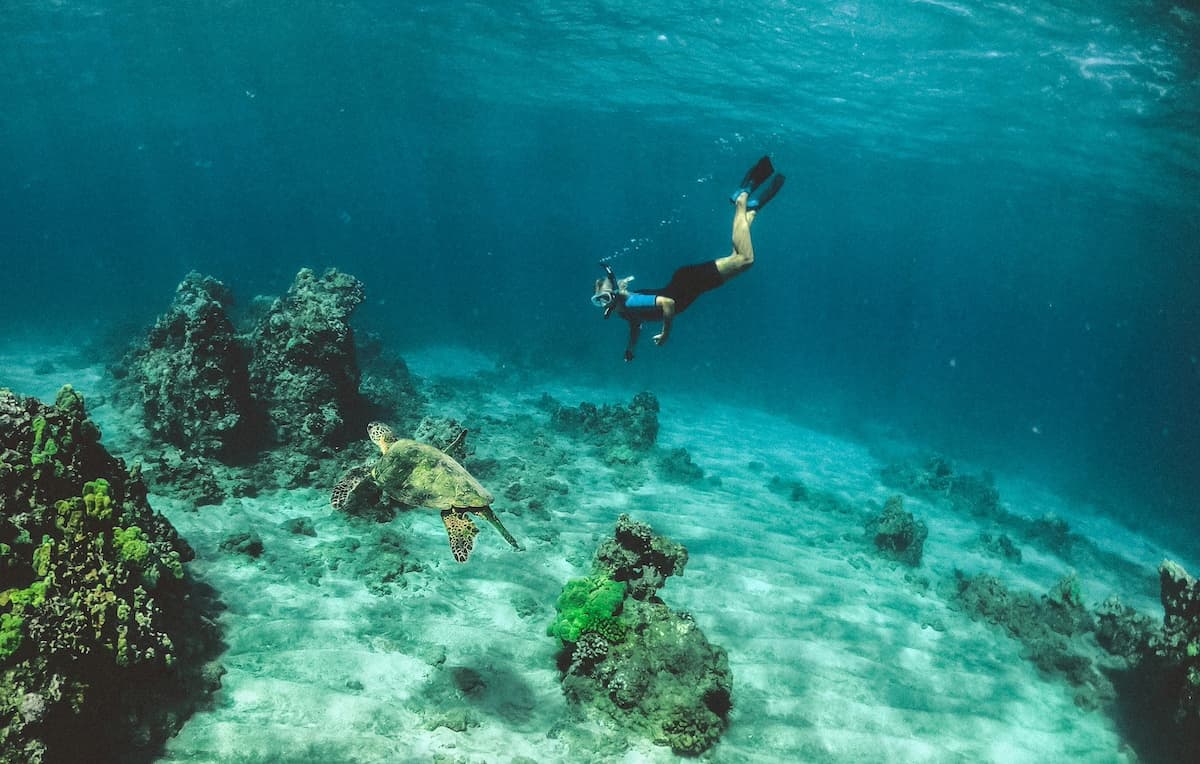
Maui on a Budget 2025: Your Insider’s Guide to Paradise Without the Price Tag
Update. July 8, 2025
Estimated reading time: 24 minutes
Paradise doesn’t have to drain your bank account. You can absolutely have an incredible Maui adventure for $148-$343 per day per person, with couples typically spending $2,000-$5,000 for a full week of island bliss. The key? Exploring beyond the typical tourist spots and making the most of Maui’s natural beauty and cultural richness in ways that are both meaningful and budget-conscious. I’ve discovered that vacation rentals often cost less than hotels, and some food trucks serve better poke than $100-a-plate resort restaurants.
How Much Will Your Maui Dream Actually Cost? (The Honest Breakdown)
Here’s what I always tell first-time visitors: forget what you’ve heard about Maui being impossibly expensive. Yes, it can be if you’re staying at the big resorts and eating every meal at fine-dining restaurants. But with local insight, you can travel more mindfully and affordably by staying in lesser-known areas and uncovering experiences that feel more personal, more local, and far less touristy..
Here’s what a week in Maui actually costs in 2025:
The Backpacker Route: $148/day – You’ll stay in hostels (yes, they exist and they’re known for being clean!), eat mostly from food trucks and cook simple meals, take the bus or bike, and spend your days on free beaches and trails. It’s not glamorous, but you could have the same sunset views as someone paying $500/night.
The Sweet Spot: $343/day – This is where most budget-conscious travelers find their groove. You’ll rent a vacation condo (often with an ocean view), mix cooking with eating out at local favorites, rent a car for a few days, and splurge on a couple of paid activities. You’ll feel like you’re living in paradise, not just visiting it.
The Luxury Experience: $682+/day – Resort life with all the bells and whistles. Sometimes worth it for special occasions, but it’s a different experience than connecting with the island’s local flavor and everyday rhythm.
Here’s an insider tip that’ll save you hundreds: those interisland flights that used to cost $39-60? They’ve shot up since Southwest reduced service. But here’s what the airlines don’t advertise – if you’re flexible with timing and book connecting flights through Honolulu, you can still find deals.
What Are the Island’s Best-Kept Free Secrets?
This is where Maui really comes alive—and where I love sharing the kind of insider tips that make a trip unforgettable.The official Hawaii tourism website lists the basics, but I’ve put together a list of experiences that don’t cost a dime and feel priceless.
Priceless Beach Gems (All Completely Free):
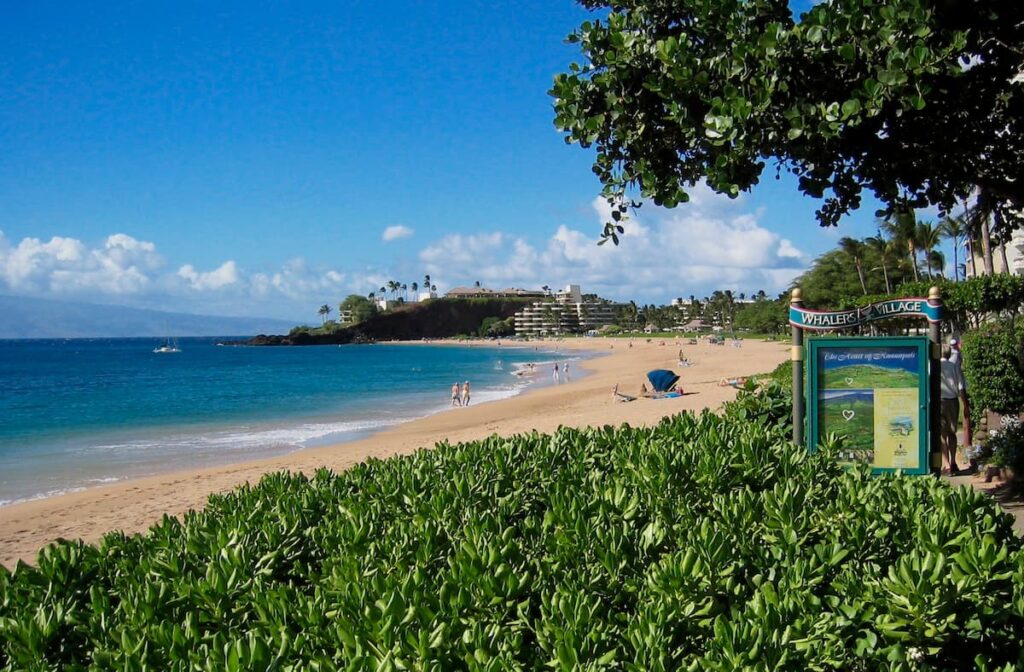
Let me set the scene. It’s 6 AM at Makena Beach (Big Beach), and you’ve got this massive stretch of golden sand almost entirely to yourself. The only sounds? Waves and maybe a monk seal snoring on the shore. No parking meters, no entrance fees, no crowds – just you and one of Hawaii’s most stunning beaches.
Ka’anapali Beach is where I send families because it’s easy, swimmable, and has something for everyone.. The snorkeling at Black Rock is world-class, and there’s a daily cliff-diving ceremony at sunset that rivals any paid entertainment, and will leave you with chicken skin. You can enjoy the scenic beach walks and public access points along the resort strip — all beaches in Hawaii are public, and you’re welcome to soak in the views and energy without booking a room.

Wailea Beach sits between some of the most expensive resorts on the island, but here’s one of the best local tips: all beaches in Hawaii are public. Park in the free lot, walk past the $800-a-night guests, and enjoy the exact same pristine sand and turquoise water.
Free Adventures That Beat Paid Tours:
Some visitors spend thousands on helicopter tours, only to discover that the Waihee Ridge Trail offers better views for the price of gas to get there. Four miles round trip, accompanied by coastline views that would cost $300 from the air.
The ʻĪao Valley State Park gets all the guidebook attention (and yes, it’s worth the visit), but be aware that a $5 entrance fee per person, a $10 parking fee per vehicle, and an advance reservation are required. For budget travelers, the Kealia Coastal Boardwalk is completely free and offers some of the best birdwatching on the island. Some travelers have even reported sightings of the endangered Hawaiian stilts here that others pay hundreds to see on eco-tours.
Secret Cultural Experiences:
Here’s something most visitors never discover: while many hotels offer cultural activities to their guests, some activities are open to the public (especially those held in parks and shopping centers). It’s worth inquiring with specific hotels about their offerings, and which allow non-guests to participate for a fee or through early registration. From ukulele performances, lei making and hula lessons, there are a variety of cultural experiences to explore.
Shopping centers like Whalers Village, Maui Mall Village, and The Shops at Wailea regularly host free public events, while places like the Imua Discovery Garden in Wailuku blend outdoor beauty with immersive cultural storytelling. For an even deeper connection, consider volunteering with local organizations—a rewarding and completely free way to give back while learning about Maui’s land and heritage.
Want to know the spots most visitors miss? Our Maui area guide breaks it all down — from hidden beaches to laid-back eats that don’t make it into the guidebooks.
Where Should You Actually Stay? (Real Talk on Accommodations)
Looking at accommodations across the island, I’ve learned that where you sleep can make or break your budget. Here’s my honest take:
The Vacation Rental Revolution: Forget what you think you know about “affordable” meaning “cheap.” Maui offers $228/night vacation rentals that blow away $500/night hotel rooms. Why? Space, kitchens, and often better locations.
Top Budget-Friendly Areas:
- Kihei: This is my go-to recommendation for budget travelers who don’t want to sacrifice location. You’re minutes from amazing beaches, surrounded by local-style restaurants, and the South Maui accommodation options range from basic condos to oceanfront luxury – all significantly cheaper than resort areas.
- Ka’anapali/Napili: I know what you’re thinking – isn’t this expensive? Not necessarily. The West Maui accommodations include everything from luxury resorts to family-owned condos that have been renting to the same families for decades. The bonus? You’re walking distance to some of the island’s best beaches.
- Wailuku: When I want to stay somewhere with a strong sense of community and fewer tourist crowds, I choose Wailuku. It’s home to longtime residents, historic charm, and locally owned shops. It’s a great option for travelers looking to experience a different pace and support the local economy.
Here’s a thoughtful way to stretch your budget without sacrificing the experience: vacation rentals with kitchens. Even making breakfast or lunch can free up room in the budget for a special activity—and there’s something unforgettable about sipping coffee on your lanai with the ocean just steps away.
How to Eat Locally (Without Breaking the Bank)
Food in Maui can absolutely break your budget if you eat where the tour buses stop. But follow this strategy, and you’ll eat better for less while experiencing real island flavors.
The Food Truck Revolution: This is where Maui’s food scene gets exciting and affordable. Here are my absolute favorites:
Geste Shrimp Truck in Kahului will change your life (Dramatic? Maybe. Delicious? Absolutely). Their garlic shrimp plate could feed two people for $15, and it’s better than anything you’ll find at fancy restaurants.
Maui Fresh Streatery is run by a former fine-dining chef who decided food trucks were more fun. The menu changes daily, so follow their social media religiously – they move around, and the hunt is part of the adventure.
Local Markets That Feel Like Discovery: Saturday mornings at the Maui Swap Meet are pure magic. Yes, it’s technically for shopping, but the food vendors serve some of the island’s best local food. Discover everything from the famous Molokai Hot Bread to the freshest produce and ono plate lunches.
Local Favorites Worth Trying: Craving real local flavor? Head to Tin Roof in Kahului — run by Top Chef alum Sheldon Simeon, it’s known for dishes like the mochiko chicken bowl ($14) that deliver serious comfort without the resort price tag.
Sam Sato’s in Wailuku has been serving dry mein since 1933. It’s not fancy, it’s local homestyle cooking, and folks line up for it daily. That should tell you everything.
Which Paid Experiences Are Actually Worth Your Money?
While some activities come with a higher price tag, there’s a few experiences that are so spectacular that they’re worth every penny:
DEEDThe Must-Do Investment:Haleakala National Park at $30 per vehicle for three days is the best deal on the island. But here’s what guidebooks don’t tell you: sunrise viewing requires $1 reservations that sell out months in advance. The secret? Sunset is equally spectacular, no reservations needed, and tends to be much less crowded. Visit the official park website for current conditions.
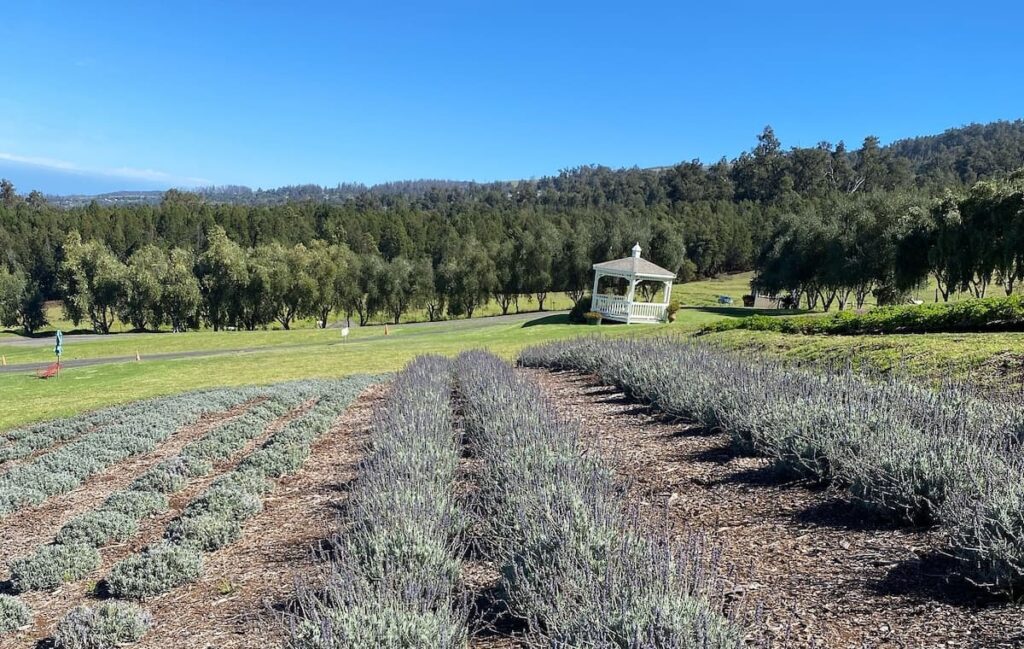
The Hidden Gems: Ali’i Kula Lavender Farm costs just $5 and offers some of the most stunning upcountry views on the island. Photographers who visit here often leave with shots worth thousands in advertising value.
Equipment Rentals (Tested Recommendations):
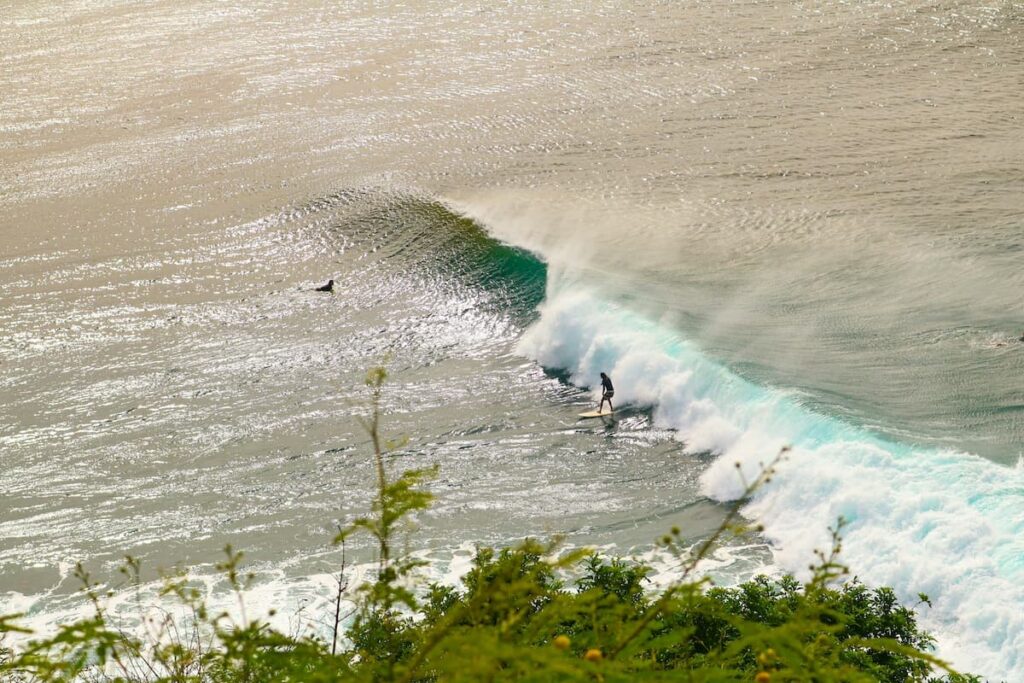
- Snorkeling gear: $20/day is standard, but many shops throw in a free map of the best spots
- Surfboards: $25-30/day, and most rental shops offer free basic lessons (on land)
- Stand-up paddleboards: $35/half day at Maui SUP Shop includes a brief tutorial
Pro tip: Many activities cost significantly less during weekdays. Tuesday snorkel tours cost 30% less than weekend ones.
Timing Your Maui Trip Right (What Most Visitors Miss)
Timing your trip right can save you serious money while offering a better experience.
The Sweet Spot: September and October are pure magic. The weather is perfect (actually better than summer), the ocean is warmest, and prices drop dramatically.
The Real Seasonal Breakdown:
- Peak Season (Dec-Apr): Beautiful weather, but you’ll pay premium prices and face crowds everywhere. Its whale season, and availability is slim during the holidays, and most places book up almost a year in advance.
- The Secret Season (May-June, Sep-Oct): This is the perfect time to visit. Great weather, lower prices, a relaxed atmosphere, and you can actually get sunset dinner reservations.
- Summer Reality Check (July-Aug): Hot and crowded with visiting families, but still cheaper than peak season.
Insider Booking Tip: Maui Paradise Properties frequently offers seasonal specials, discounts and complimentary activities when you book direct. Make sure to look out for last minute deals and promotions that can help make your stay more affordable and enjoyable.
Ready to experience a more authentic side of Maui? Skip the tourist traps and let Maui Paradise Properties help you find the right fit where our local expertise helps you find hidden gems and authentic accommodations that fit any budget. With local insight and decades of island experience, we connect you to places and experiences that feel real and authentic. Let’s start planning your perfect island adventure today!
Commonly Asked Questions
Can I honestly experience Maui for under $200 per day?
Definitely! — if you travel smart. Stay in budget-friendly spots like vacation rentals, eat at local favorites like food trucks or markets, and fill your days with hikes, beach time, and other free adventures Maui is known for. You don’t need a luxury budget to have an incredible trip — just a little flexibility and curiosity go a long way.
What’s the best time to visit Maui for budget travelers?
September and October are pure gold for budget travelers. The weather can be better than summer, ocean temperatures are at their warmest, and prices drop significantly. Avoid Christmas through March if you want the best deals.
What hidden costs should I actually worry about?
The sneaky ones: parking fees at popular beaches, resort fees if you choose hotels, gas at $4.60/gallon, and potential new environmental fees. Budget an extra $30/day for miscellaneous costs.
How much should I realistically budget for food?
Plan $70-95/day per person if you want to eat well without breaking the bank. Cook breakfast, grab lunch from food trucks, and enjoy dinner at local favorites. Resort dining averages $150+/day per person – skip it unless it’s a special occasion.
Can I actually get around without renting a car?
The Maui Bus exists ($2/ride, $4/day pass) but coverage is limited. Many visitors combine walking, biking, and strategic car rentals for specific days.
- How Much Will Your Maui Dream Actually Cost? (The Honest Breakdown)
- What Are the Island’s Best-Kept Free Secrets?
- Where Should You Actually Stay? (Real Talk on Accommodations)
- How to Eat Locally (Without Breaking the Bank)
- Which Paid Experiences Are Actually Worth Your Money?
- Timing Your Maui Trip Right (What Most Visitors Miss)
- Commonly Asked Questions
